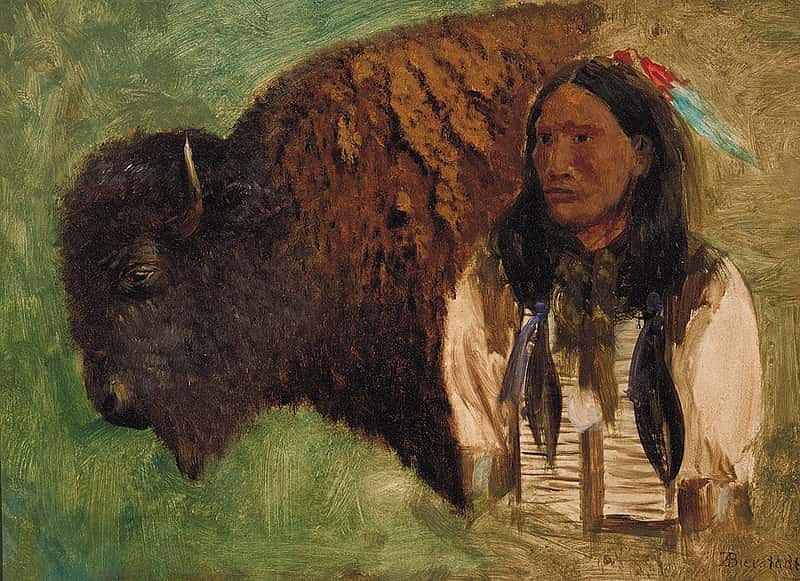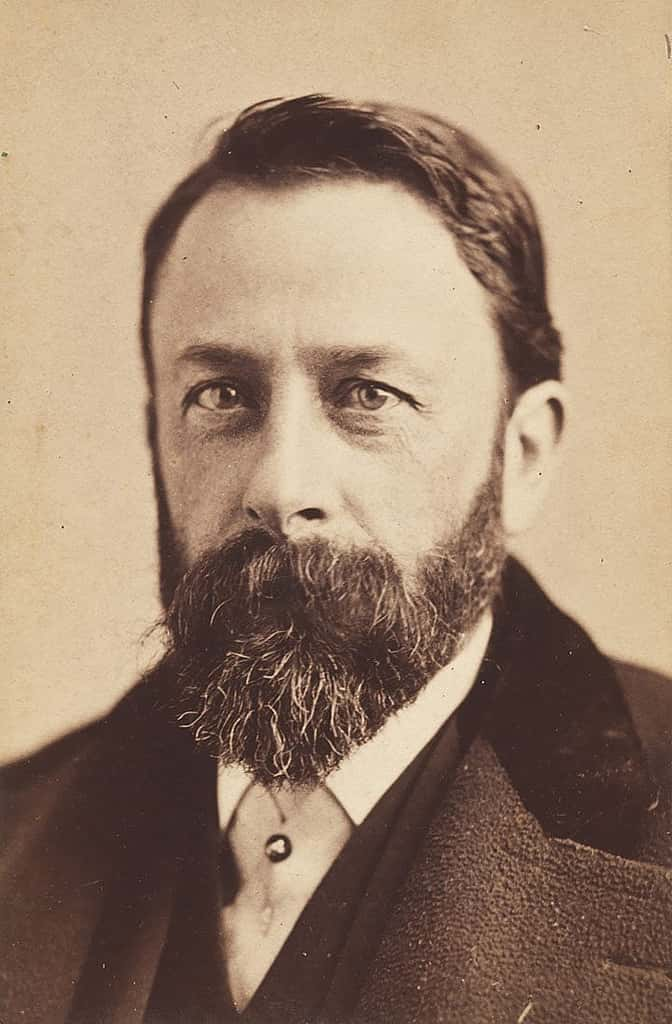
Albert Bierstadt—Witness to a Changing West: Introduction
Note: This online presentation does not reflect the exhibition in its entirely.
While Albert Bierstadt (1830–1902) is recognized for his dramatic paintings of the western American landscape, he also depicted Native Americans and wildlife. Following his first trip west in 1859, Bierstadt featured Native peoples and American bison (also known as buffalo) as prominent subjects in his art. In paintings both large and small, Bierstadt strove to preserve the dignity of cultures like the Sioux and Shoshone and advocated for the protection of bison in the West.

Bierstadt was certainly influenced by commonly held beliefs of his era and those who commissioned and purchased his work also swayed his artistic choices, yet he developed his own ideas about the West. Though his motivations may have ranged from empathy to entrepreneurial zeal, Bierstadt was an astute and sensitive recorder of the West and its Indigenous residents. This exhibition offers fresh perspectives on the artist’s complex legacy, and his contributions to debates around wildlife conservation, our national parks, and the fate of Native peoples of the West.
In his paintings, Albert Bierstadt often conveyed urgent messages about the sweeping changes he witnessed in the American West. He understood the importance of bison to Indigenous cultures of the Plains and considered western peoples and the lands and wildlife upon which they depended to be under grave threat. In response, Bierstadt created masterworks of art that lamented and exposed the tragic consequences of westward expansion in the 19th century.
Written By
Nancy McClure
Nancy now does Grants & Foundations Relations for the Center of the West's Development Department, but was formerly the Content Producer for the Center's Public Relations Department, where her work included writing and updating website content, publicizing events, copy editing, working with images, and producing the e-newsletter Western Wire. Her current job is seeking and applying for funding from government grants and private foundations. In her spare time, Nancy enjoys photography, reading, flower gardening, and playing the flute.

